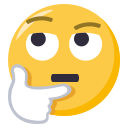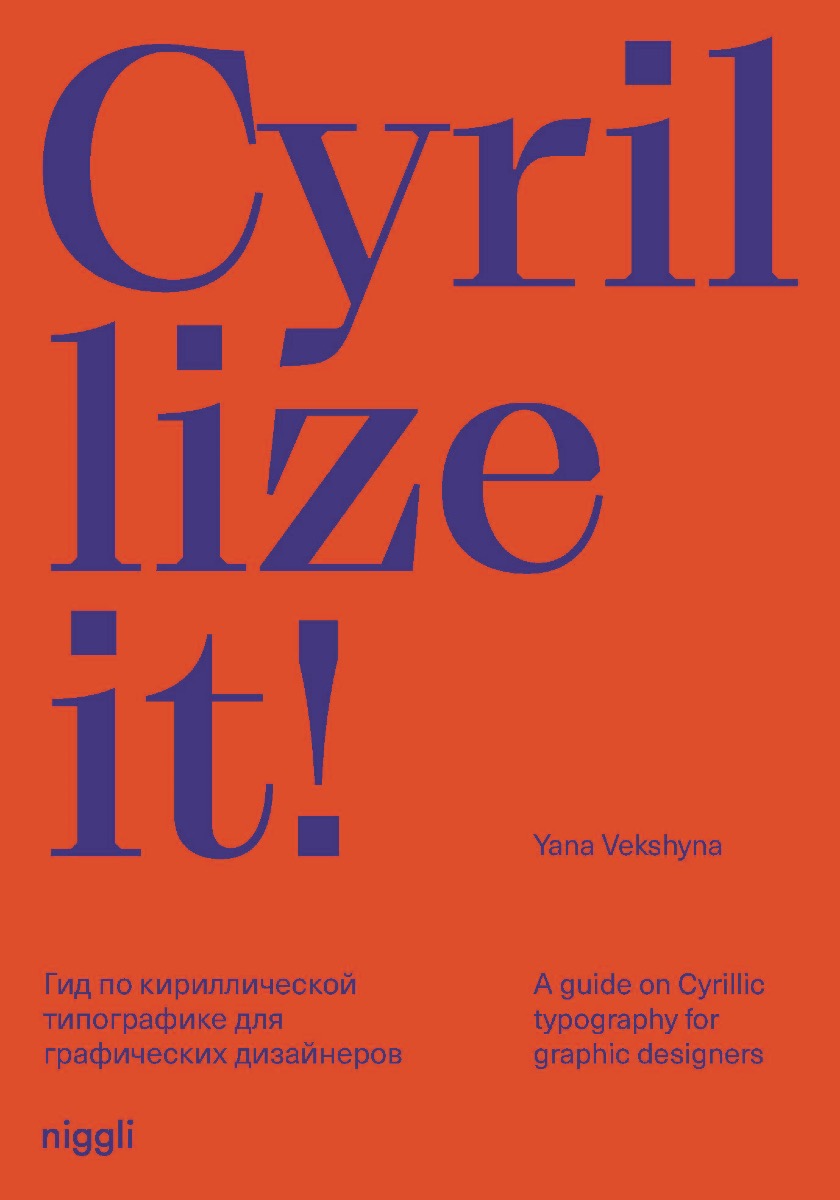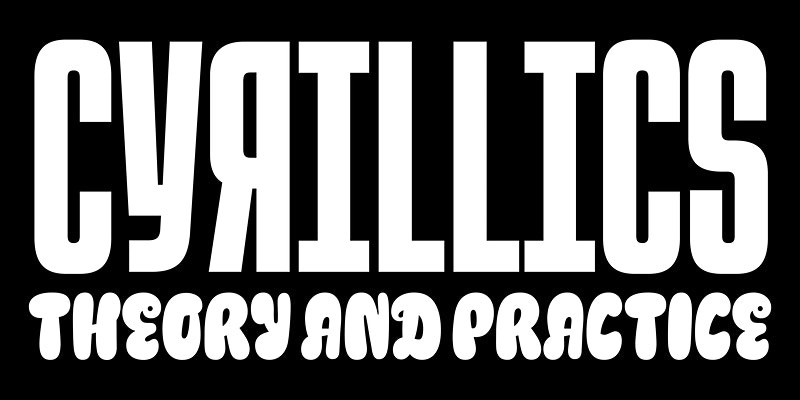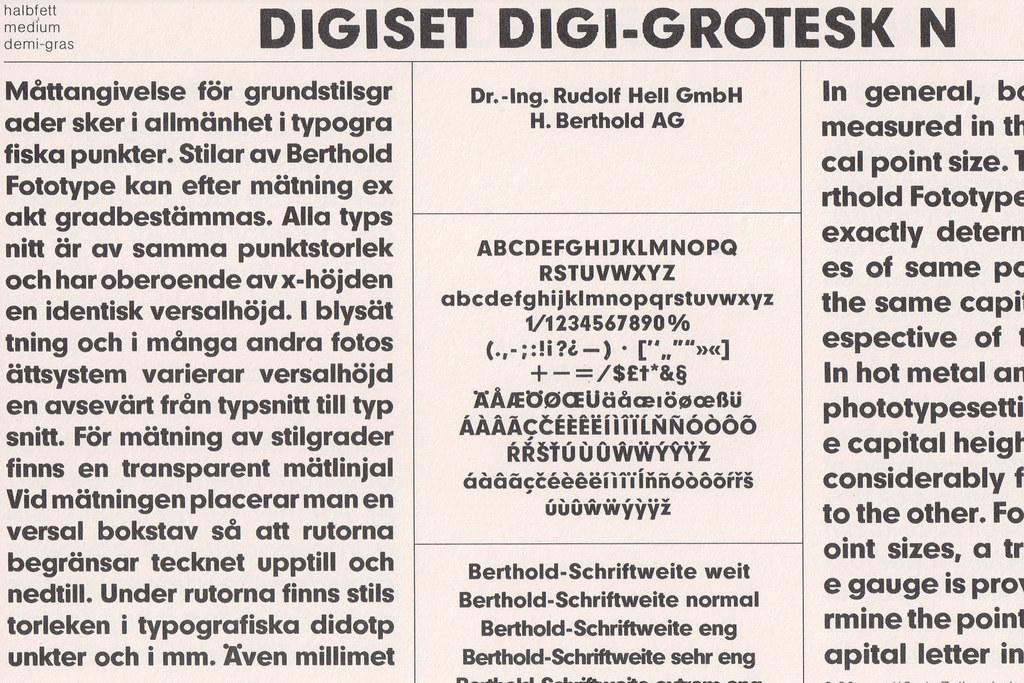Search the Community
Showing results for tags 'cyrillic'.
-
I've recently published PART 2 of the instructional study dedicated to Serbian Cyrillic. It deals with true italic forms and completes the topic, which started with PART 1 (upright forms): https://nostalgicdolphin.com/blog-post-3/ If you find it useful, please share it on your type-focused web channels, to reach as many of our colleagues as possible. Cheers! —I
-
Cyrillic is a script used in numerous primarily eastern and southern Slavic languages in Europe and Asia. “Cyrillize it!” is an introductory work for graphic designers who are not native to the Cyrillic script, and cannot read Cyrillic-based languages. The book offers a method of dealing meaningfully and successfully with writing systems other than your own. The approach is based on constantly drawing parallels between Latin and Cyrillic, thus making a foreign script more familiar to non-native users. The author reflects about the relevance of Cyrillic in the modern world, looks at the history and currrent design trends, provides an overview of the typographic rules, and provides examples of Cyrillic graphic design works. With a playful and esthetically appealing design, the publication is also of interest to non-designers who are generally curious about the topic of Cyrillic script and related cultures. Author: Yana Vekshyna Language: English Pages: 160 Size: 17,5 × 25 cm, Hardcover ISBN: 978-3-7212-1018-7
-

Online Workshop: Cyrillics, Theory and Practice
Ralf Herrmann posted a news entry in Typography Weekly #109
-
Hello, (For a school project) I was wondering if anyone knows what the first digital adaptation of the Cyrillic and Armenian scripts were. For Latin I already know that it is Digi Grotesk, but for some reason I can't seem to find what the equivalent was for Cyrillic and Armenian. Thanks in advance!
-

Lettering vs. Type Design: 7 questions for Ksenia Belobrova
Ralf Herrmann posted a journal article in Journal
1. To begin with, please tell our readers a little bit about yourself and how you became interested in drawing letters. I think the most interesting thing about me is that I grew up in a provincial town near the sea. I did spend my time sailing yachts, playing the violin and painting. When I was seventeen I left my lovely hometown and moved to Moscow. My passion was art and I was planning to become a book illustrator and designer because I love books and everything related to them. So I passed my exams and started studying at Moscow State University of Printing Arts. There I learned a lot about art and design history, illustration and book design. But for me the most important course was calligraphy and type design class led by Alexander Tarbeev. I fell in love with typography and type design. And I found the perfect teacher. Since then my ruling passion in life has been drawing letters. I practice calligraphy, draw letterings, logotypes and work on typefaces. My hobbies are music and art. I play the guitar, study singing and of course draw and paint when I have free time. 2. How many years did you practise calligraphy and lettering and what was your first lettering/calligraphy job? I have been doing it for about eight years now. My first calligraphy attempts had to do with the beginning of Alexander Tarbeev’s class and it was nearly eight years ago. Since then I’ve been practising hard, but it was just for myself. I studied calligraphy, drawing non-commercial letterings and typefaces a lot. And honestly I don’t remember what was my first commercial lettering job. But my first released typeface was Voltaire script made in Artem Gorbunov’s design bureau. It was my first big commercial project and I was happy with the result. 3. If you had to pick one lettering/calligraphy job you are most proud of, which one would it be? Tell us a little bit how this project came about and what you liked about working on it. That’s hard! I’m afraid I can’t choose one. And I’m not too proud of any of my works because they always could have been better. I’m a perfectionist so I struggle with that all the time. But I can choose one project that is very important for me despite being old and noncommercial: the posters for the Ukranian calligraphy and typography festival Rutenia. I was an unknown student and I was afraid of everything. But it was an amazing event and the task was both interesting and difficult, so it was a real challenge. I wanted to try my skills and it took me 3 days to make the posters. I mixed European calligraphy with old Cyrillic calligraphy traditions. I was proud of the result and I received a lot of appreciation from people I respect and admire very much. That was a perfect beginning and that encouraged me to work even harder. 4. What is your ideal creative environment? Where do you work? Studio space? Home office? Co-working? I used to work at home. It’s difficult for me to focus on the work though when it’s noisy or you get disturbed in any other way. Sometimes I work in co-working spaces, but not so often. 5. Now let’s move on to your latest release. What was the inspiration, goal or idea behind the development of Jonesy? And what uses for it do you have in mind? I love monoline connected signs. I love the way they look and I think they are perfect for street signs, logotypes and small typography too. I’ve seen many of them during my trips through Europe. But there are not so many typefaces in this fashion. And that’s understandable, because it’s rather complicated to create them. If a typeface you work on is just a monoline without connections, that’s OK. If a typeface is connected but it’s not monoline, that’s OK as well. But if it’s monoline and connected at the same time, you are in trouble. You have to work on letterforms a lot to make them acceptable even a bit. Then you will realize that it’s absolutely not possible in some combinations and you have to create a lot of alternates and ligatures. In the case of Jonesy it’s been hundreds. Of course I talk about situations when you want your typeface to look as good as possible. So it was a challenge and I didn’t see similar typefaces on MyFonts or anywhere else. It was really interesting for me and I thought it might be useful for other designers who love this kind of typography and have no appropriate tool. 6. Which drawing tools and software tools did you use to design the typeface? I always start working on a typeface with lettering or calligraphic sketches on paper. I use pencils, markers and a wide range of calligraphy tools. Regarding the software: I used to work with Adobe products and Robofont (with associated programs). For lettering I use Illustrator and sometimes Robofont too. For typefaces I use Robofont, MetricsMachine and Superpolator. 7. Jonesy comes with hundreds of ligatures and alternative glyphs to give the font a more handwritten appearance. For a calligraphy job you have total artistic freedom writing words and phrases with the ability to react to context and meaning, while typefaces require any letter combination just to work all the time. Do you enjoy calligraphy more because of that and do you feel limited by this aspect while designing typefaces? Or has the OpenType technology removed this clear border between calligraphy and typesetting in your opinion? Great question! Yes, I really enjoy calligraphy/lettering because I have complete freedom to write and draw as I please. But I enjoy the process of creating typeface even more, because it’s like a brainteaser. You have a lot of issues and limitations, but if you solve these problems you have a clever type system that works and looks well. Of course OpenType technology improves our lives as type designers a lot in that regard, but I’m sure typefaces will never be able to look like calligraphy or lettering. And I don’t think it’s bad because they serve different purposes. -
Cyrillicsly is a blog by Maria Doreuli & Krista Radoeva presenting historical and contemporary material on Cyrillic type design.
-
I wonder if anyone here might have an insight into why this occurs: I am laying up type in the cyrillic alphabet and I am getting different characters depending on the font I use. As you can see in the attached screen shot, Helvetica Neue (lower) displays the й properly, but Ropa Soft (upper) shows it as a 'u' with lower half circle on top. My initial thought was that it had something to do with the case, which does correct the characters. But then I am left with the whole phrase in upper case, as opposed to the 'semi upper and lower case' as helvetica shows (in latin terms). Any ideas are much appreciated! Thanks :)












